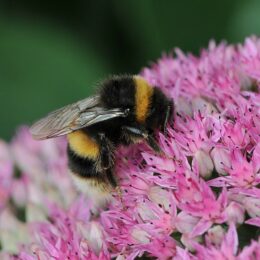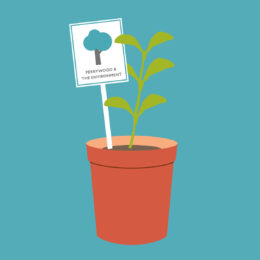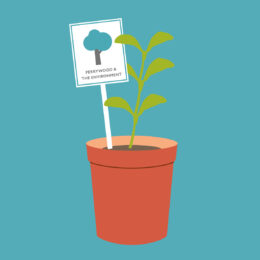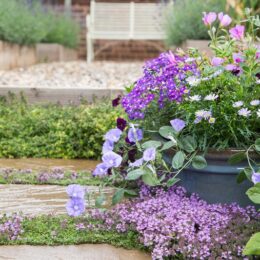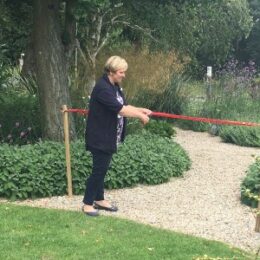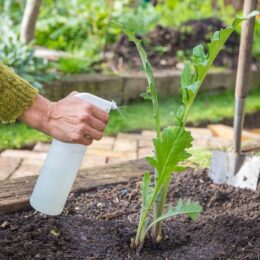Why do we need to think about lowering the carbon levels in our gardens?
Many common gardening jobs produce carbon dioxide. For example, using a petrol lawn mower, artificial weedkiller & fertiliser or a peat-based compost and even watering the garden using the tap all cause carbon emissions which contribute to polluting our environment.
We can all make a positive difference in combatting climate change by doing our best to garden sustainably. Simple things like growing a tree, mulching the soil, or letting the grass grow long can all help your garden absorb more carbon.
Here are some tips on how to make your own difference:
Mow Less Often

When you leave your lawn unmown, it quickly reverts to natural grassland, which is effective in absorbing carbon. Not only are you helping wildlife to thrive but you’re helping the planet get rid of a little more carbon in the atmosphere.
Read our ‘How to’? Help Wildlife By Not Mowing Your Lawn guide.
Go Peat-Free

The extraction of peat can contribute to climate change because peat bogs act like a sponge, absorbing carbon from the atmosphere and storing it safely underground. When they are dug up the carbon is released into the atmosphere. Peat can be effectively replaced in compost with materials such as bark chippings, wood fibre, and coir (coconut fibre which is a waste product). Peat-free compost can perform very well, especially if you purchase the right compost for the job.
Read our ‘How to’? Go Peat-Free guide.
Avoid Using Chemicals

Photo by GAP photography
Using chemicals to get rid of pests in your garden can affect other vital wildlife such as bees. It is important that you avoid using these harsh chemicals as much as possible. There is also the carbon footprint that goes alongside the production of them.
Read our ‘How to’? Avoid Using Chemicals in the Garden guide.
Re-wildlife Your Garden

Your garden is the perfect place for wildlife to thrive and you can get creative with all types of planting schemes or making bug hotels. Inviting wildlife such as bees, butterflies, birds, frogs, and hedgehogs into your garden can play a vital role in its natural ecosystem and carbon cycle.
Read our ‘How to’? Re-wildlife your Garden guide.
Plant Low Carbon Borders and Containers

When planting your garden borders and containers it’s good to focus on plants that you’re going to keep there for a long time. Replanting disturbs carbon that has been stored, the less you replant the more carbon can stay locked under the soil.
Read our ‘How to’? Plant Low Carbon Borders and Containers guide.
Save water

Photo by GAP photography
Using a water butt or other types of containers to catch rainwater will avoid all the emissions involved in treating and transporting tapwater.
Read our ‘How to’? Save Water in the Garden guide.
Plant a Tree

Trees absorb carbon dioxide, so planting some in your garden will help reduce emissions in the atmosphere. If you haven’t got a large garden there are trees for smaller areas you can easily grow in containers.
Read our ‘How to’? Plant a Tree or Choose a Tree for a Small Garden guide.



